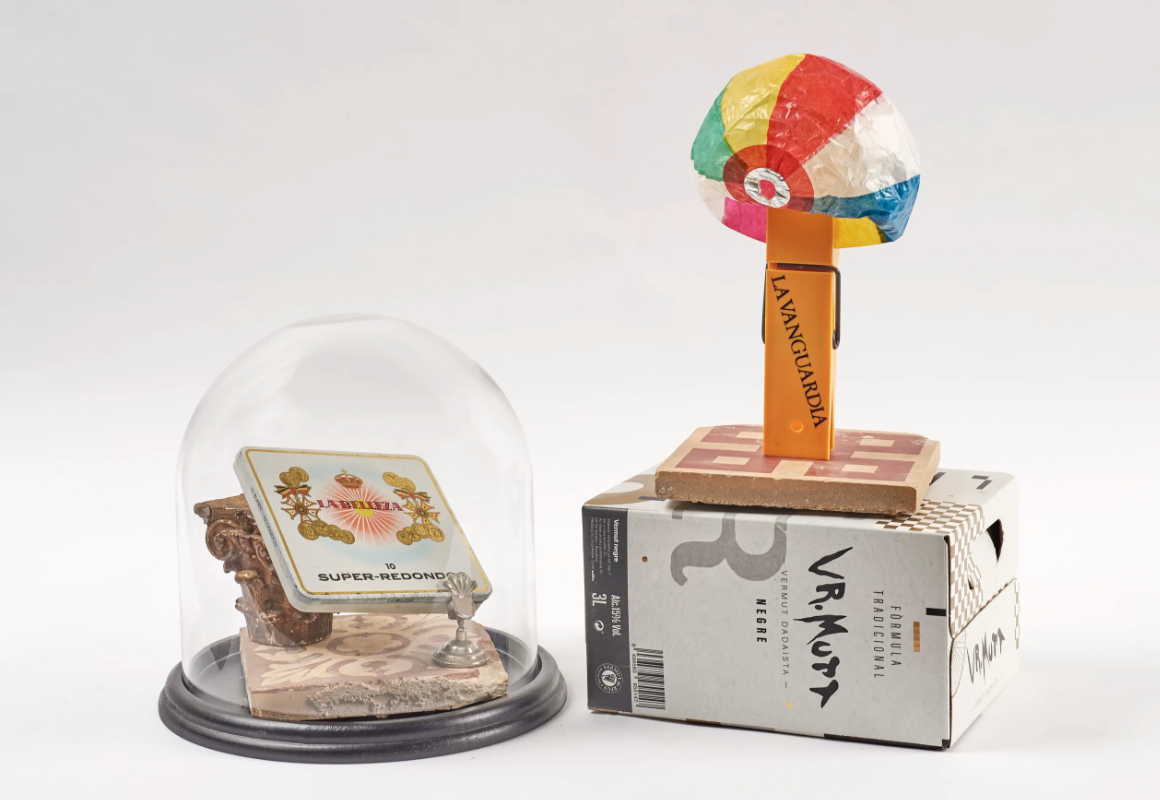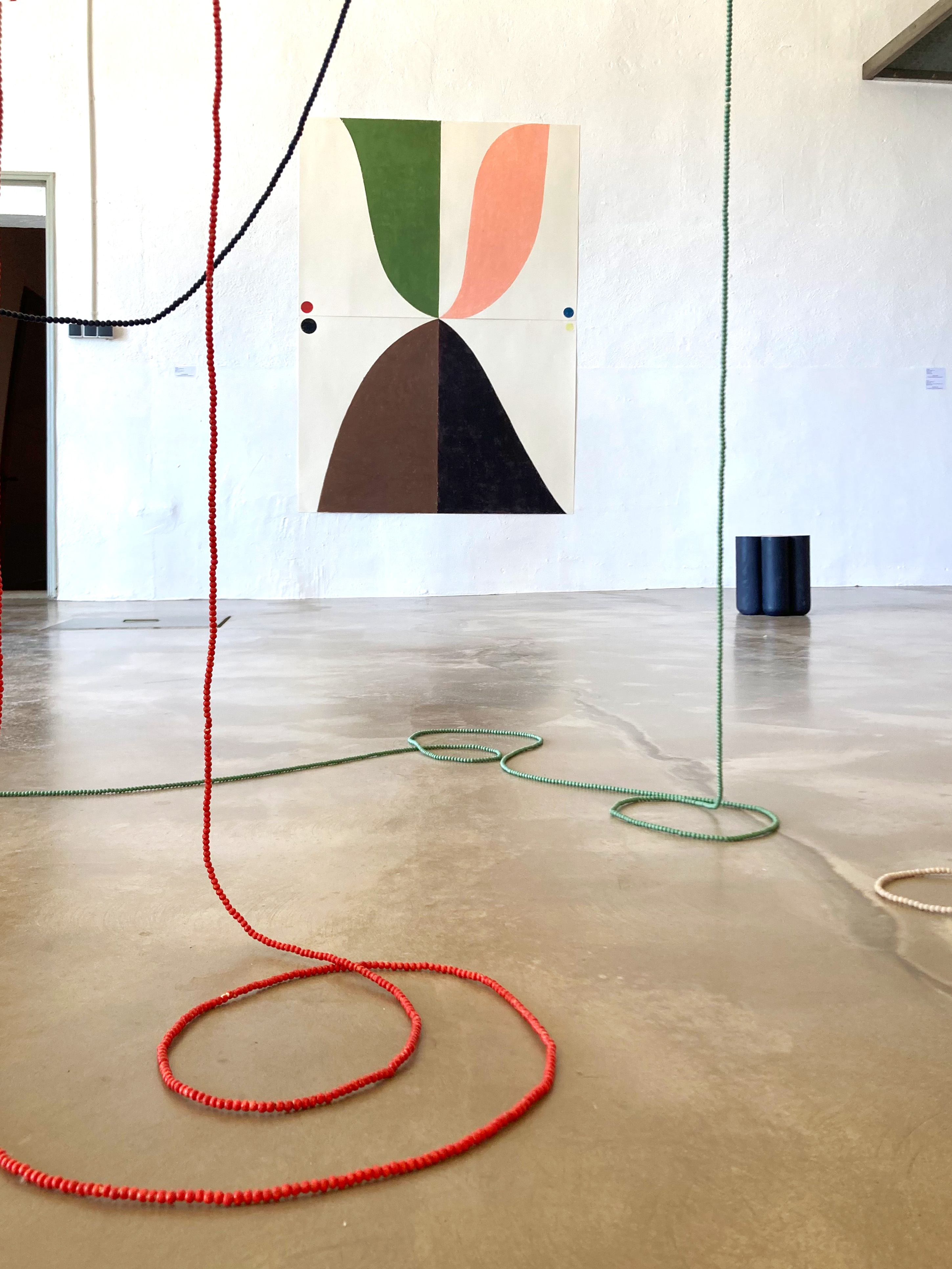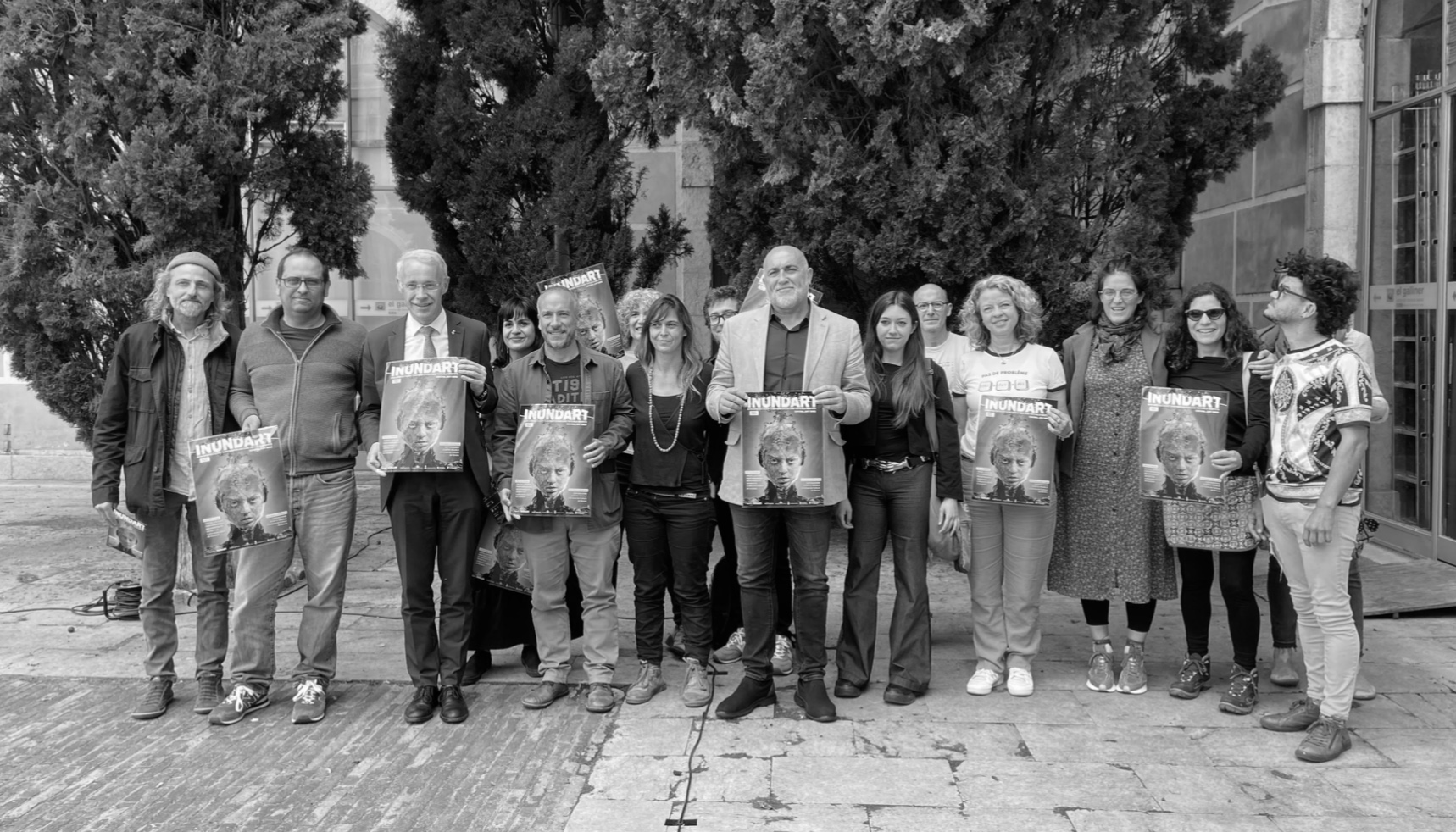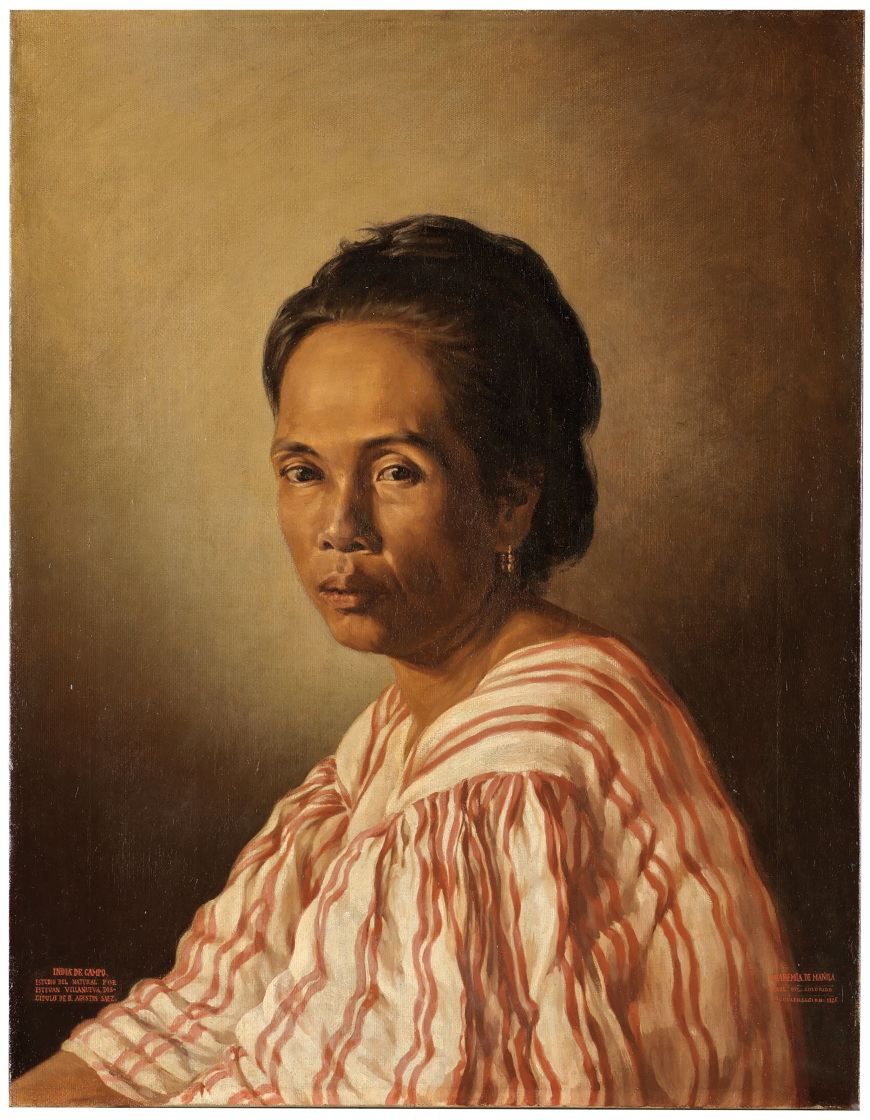reports
Catalonia and the Venice Architecture Biennale 2023
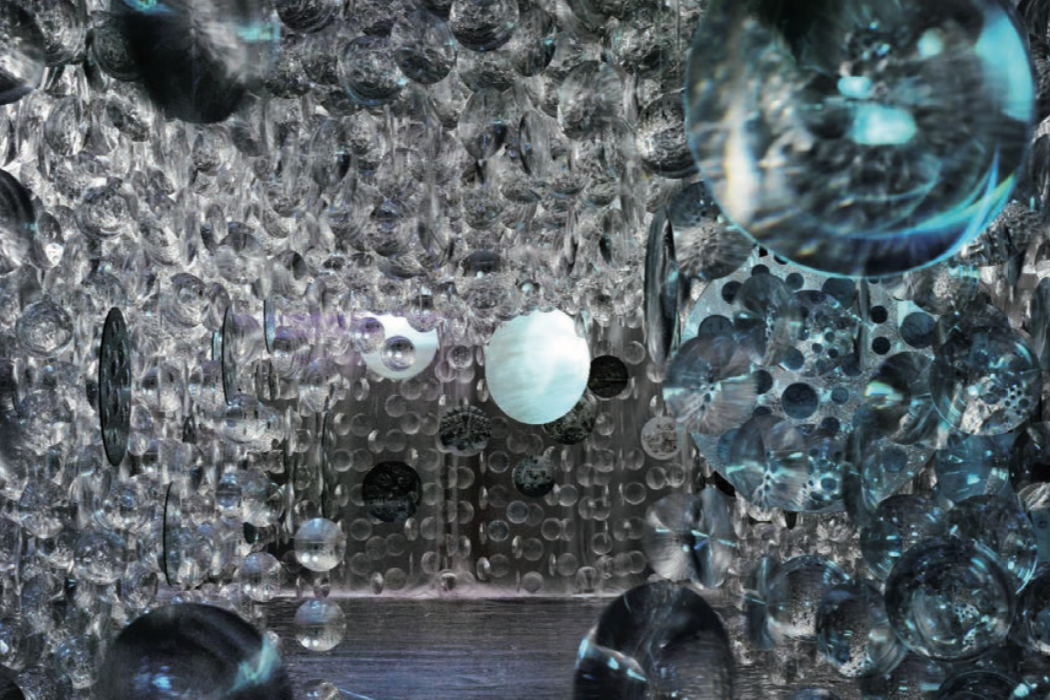
From May 20 to November 26, the 18th Venice Architecture Biennale takes place. This exhibition includes a remarkable Catalan participation since 2012, when Catalonia participated for the first time with its own national pavilion. Since then, the Catalan Pavilion enjoys growing health and prestige and seeks to renew itself edition after edition.
It all started with the Grand Tour, this bourgeois custom of greeting adulthood with a trip, starting in Calais, which crossed Europe until reaching Italy, the mother of all heritages. The Grand Tour, at the end of the 17th century, had Venice as an obligatory stop. The city, one of the most charismatic in Europe, quickly became a memory and began to represent itself in the form of landscapes like those of Canaletto.
The Venice Biennale
At the end of the 19th century, when the competition between cities to attract Grand Tour practitioners (who were beginning to be called tourists ) became apparent, Venice entered the circuit of major events with its art exhibition. The first edition of what we now call the Venice Biennale was born then, in 1895, and instantly became a success, with a quarter of a million attendees, and has continued to be held, virtually uninterrupted, ever since. .
In 1930 the Biennale already had its own archive and did nothing but increase its prestige. In fact, it only stopped because of the two world wars. Thus, the Venice Biennale has contributed to the global significance of art, and has grasped (and, often, instigated) its evolution up to the present day.
In 1980, architecture was having a sweet moment. Postmodernism was the first truly popular cultural movement in global architecture since Art Nouveau . Italy flagged both the discourse and the dissemination. In this context, the Venice Biennale diversified and inaugurated an architecture exhibition, which alternated with the art exhibition, highlighting their relationship. That year, Paolo Portoghesi took over the direction and left us the Teatre del Món, by Aldo Rossi.
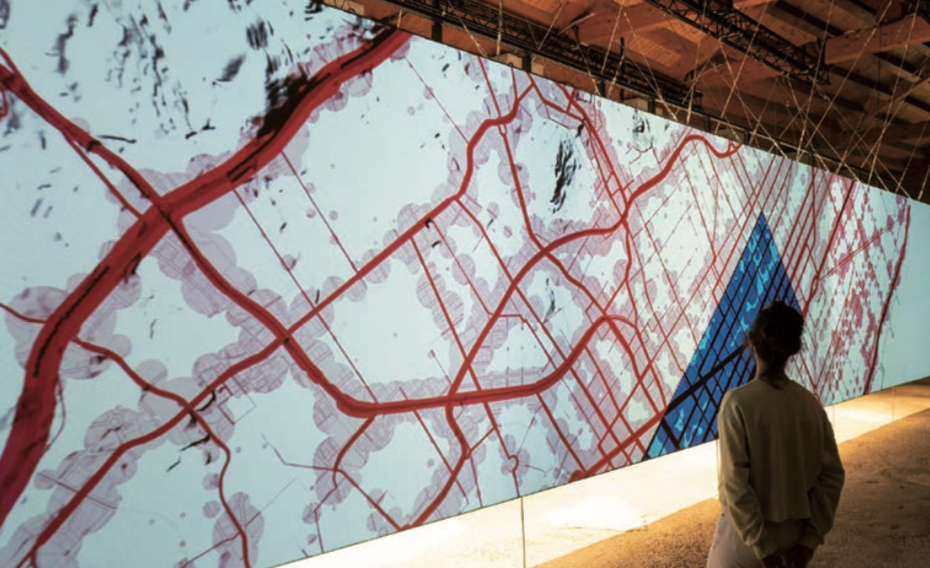 Olga Subirós Studio, AIR/ARIA/AIRE. Biennal d’Arquitectura de Venècia 2021. Foto Gunnar Knechtel. Cortesia de l’Institut Ramon Llull.
Olga Subirós Studio, AIR/ARIA/AIRE. Biennal d’Arquitectura de Venècia 2021. Foto Gunnar Knechtel. Cortesia de l’Institut Ramon Llull.
Catalonia and the modern movement
At the same time, Catalan architecture achieved worldwide prestige. The initial impulse of the modernists, the Catalan vault - exported first by Gustavino and then by Le Corbusier, who placed it as one of the foundations of the Modern Movement -, the discovery of Mediterranean landscapes, the role of Josep Lluís Sert, surrealism , Dalí, Man Ray and Gaudí played a key role. Afterwards, the R Group and the relationships with these same Italian architects who managed to create the Biennale put it (and keep it) at the center of the debate until today.
We only lacked a national flag of our own.
The Catalan Pavilion
This was not achieved until 2012, with Vogadors , the first Catalan Pavilion at the Venice Architecture Biennale. Curated by Jordi Badia and Félix Arranz, Vogadors reflected on the whole of our architecture to establish family relationships, legacies, to talk about the validity of the past and its projection in the present. In short: to begin to outline the story of which we are still lacking.
It was also an instant hit. Its location could not be more Venetian: located in a shipyard on the edge of a canal on the island of Sant Pere, which, as its inhabitants like to say, is the true Venezia , straddling the historic gardens and Arsenal. So, going to the Catalan Pavilion was like a pleasant walk among these grounds of the Biennale's official selection that allowed you to visit, as a gift, some of the most beautiful corners of the city.
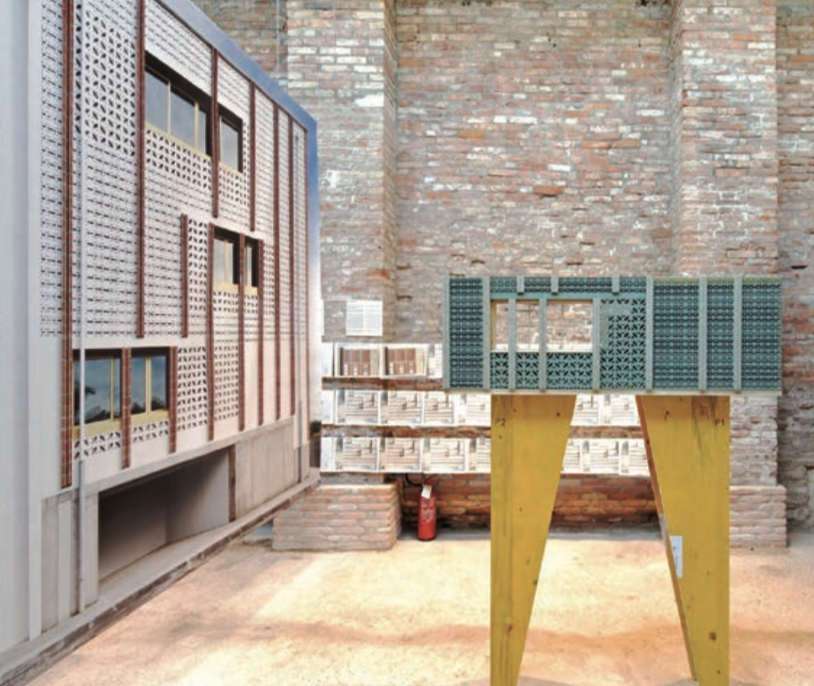 Jordi Badia i Félix Arranz. Vogadors. Biennal d’Arquitectura de Venècia 2012. Cortesia de l’Institut Ramon Llull.
Jordi Badia i Félix Arranz. Vogadors. Biennal d’Arquitectura de Venècia 2012. Cortesia de l’Institut Ramon Llull.
The second pavilion, Grafted Architectures , curated by Josep Torrents, reflected on the masters, also establishing inheritances and kinship between them. The third, Aftermath , featured two novelties: the first female curator of a Catalan Pavilion, Jelena Prokopljevic, and the presence of a filmmaker, Isaki Lacuesta. The pavilion put on the table everything that happens to architecture when the architects finish the commission, presenting the works in use, forming part of the landscape, inhabited, with scars talking to each other to reflect on our public space.
The fourth pavilion, RCR Dream and nature , was dedicated to Ramon Vilalta, Carme Pigem and Rafael Aranda, who a year after the Pritzer Prize offered their dream, their legacy, to the community. The last one, Air , reflected on the conditions in which we will have to practice architecture from now on.
The sample has consolidated. The Biennale and the Catalan Pavilion enjoy growing health and prestige, and know how to renew themselves year after year. And this 2023 we will continue to celebrate.





